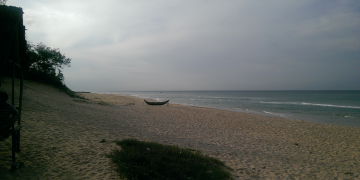Designing volunteer projects by identifying organisational needs at TIDE and interests of potential participants to ensure maximum benefit to both parties.
Development of facilities, equipment, and organisational protocols, so that TIDE is fully prepared to host visiting groups.
Providing capacity building opportunities to new and existing staff so that the team is fully qualified to deliver the R2R program.
Marketing and building business relationships
